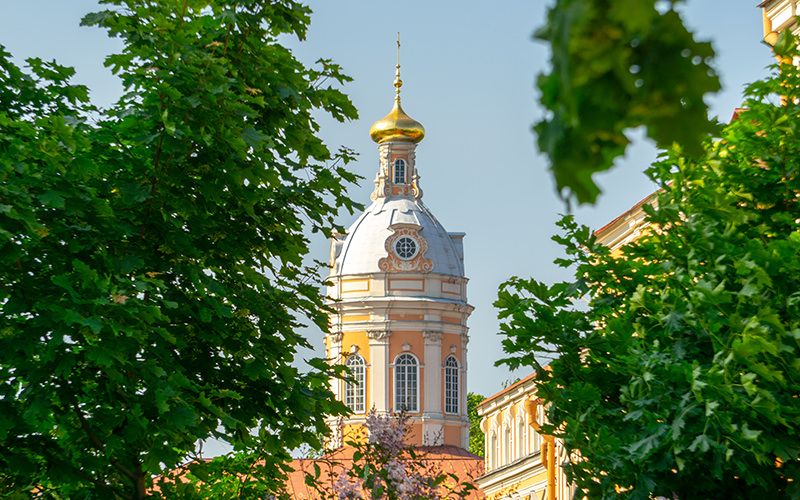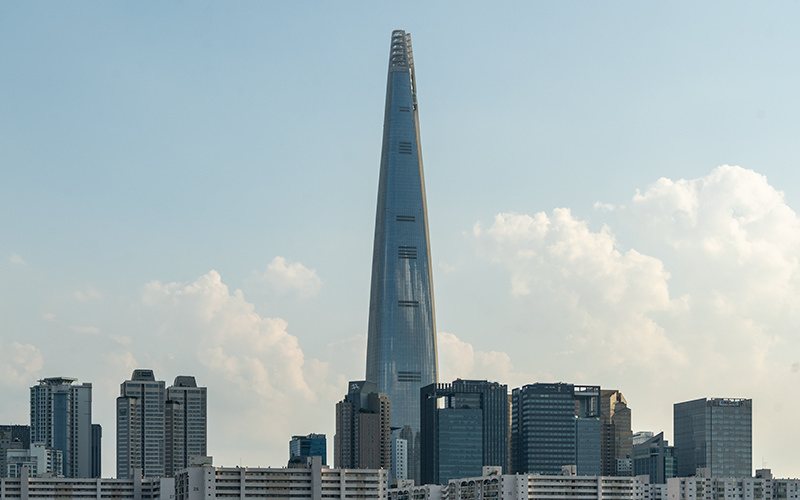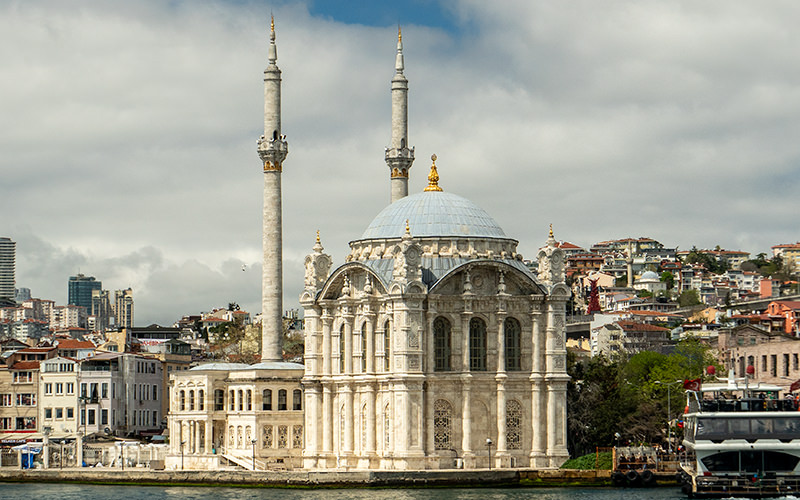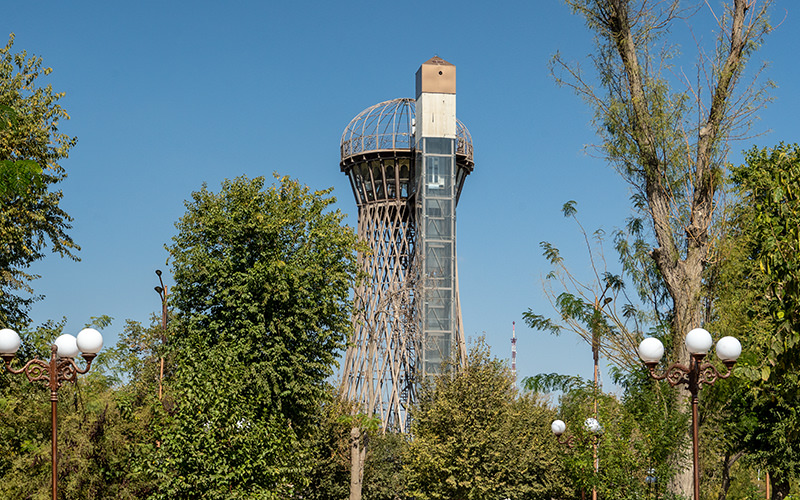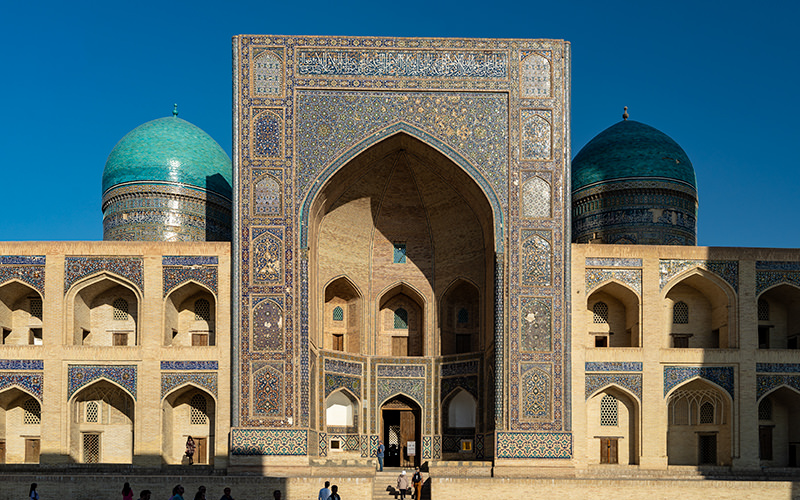Ancient Bukhara is often referred to as a city-museum, as tourists coming here can not only get acquainted with the intricacies of Eastern life but also see a huge number of interesting architectural monuments - there are about one and a half hundred of them here. One of the remarkable places I encountered in Bukhara is the historical complex Bolo Haouz. Today, I will show you some of its photos.
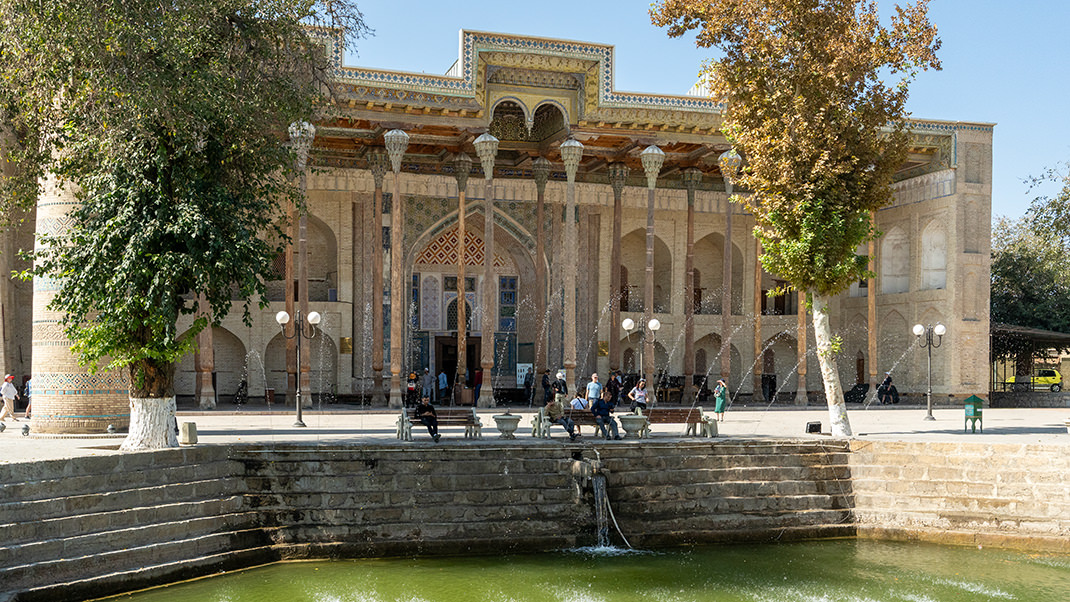
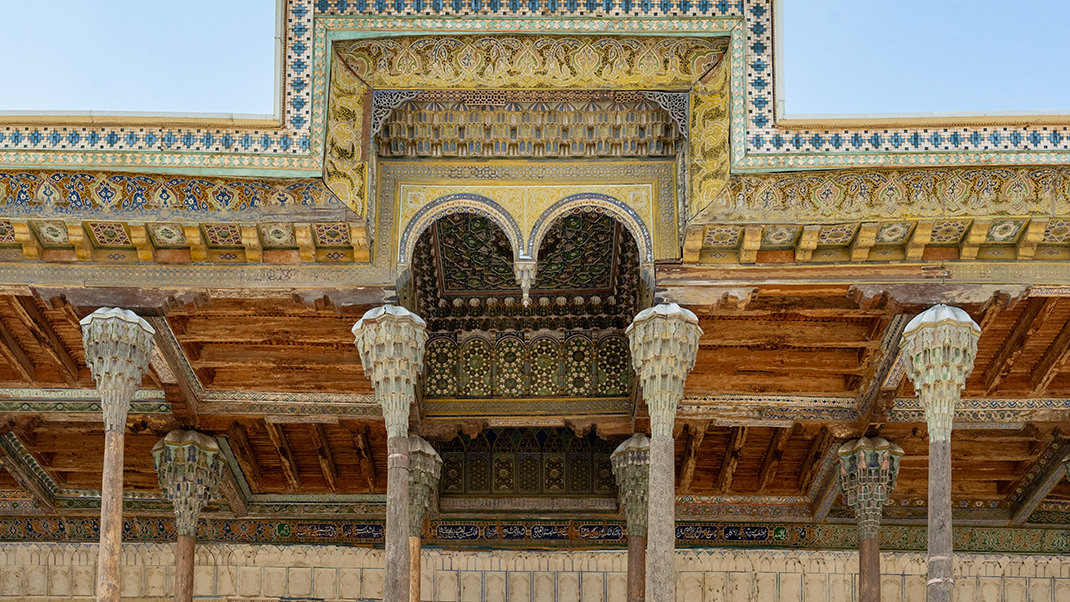
How to Get There
Bukhara can be considered relatively small: many attractions of the city are located in the central part. Bolo Haouz is quite close to the Shukhov Water Tower and the ancient Ark Citadel, which I have already talked about before. I planned my route so that these objects became the first points of my overview walk.
It is convenient to move around the city by taxi, which is quite inexpensive. If you prefer public transport, there are several stops near the complex.
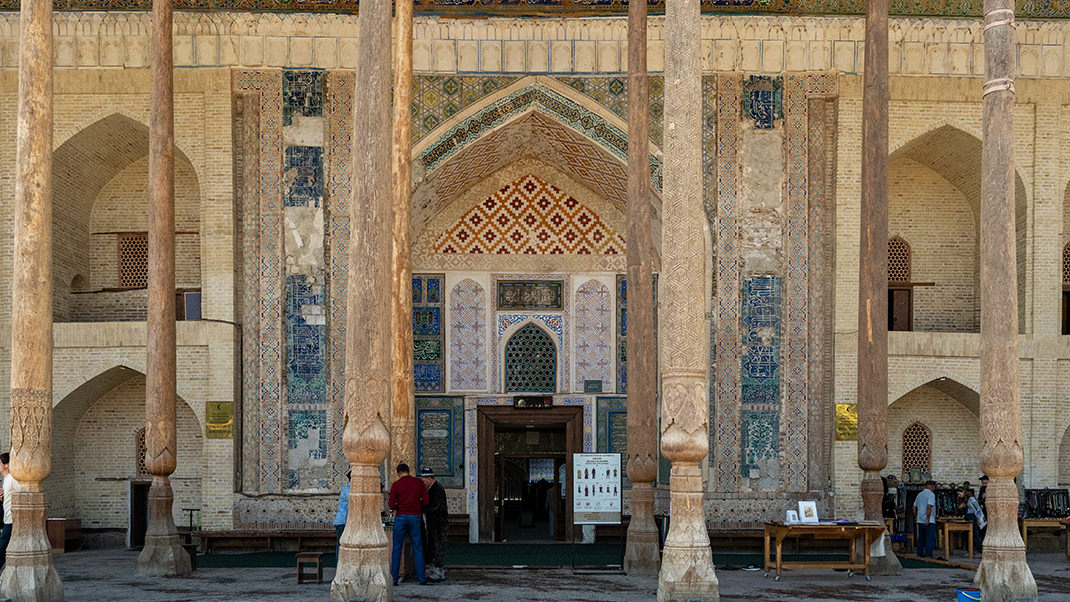
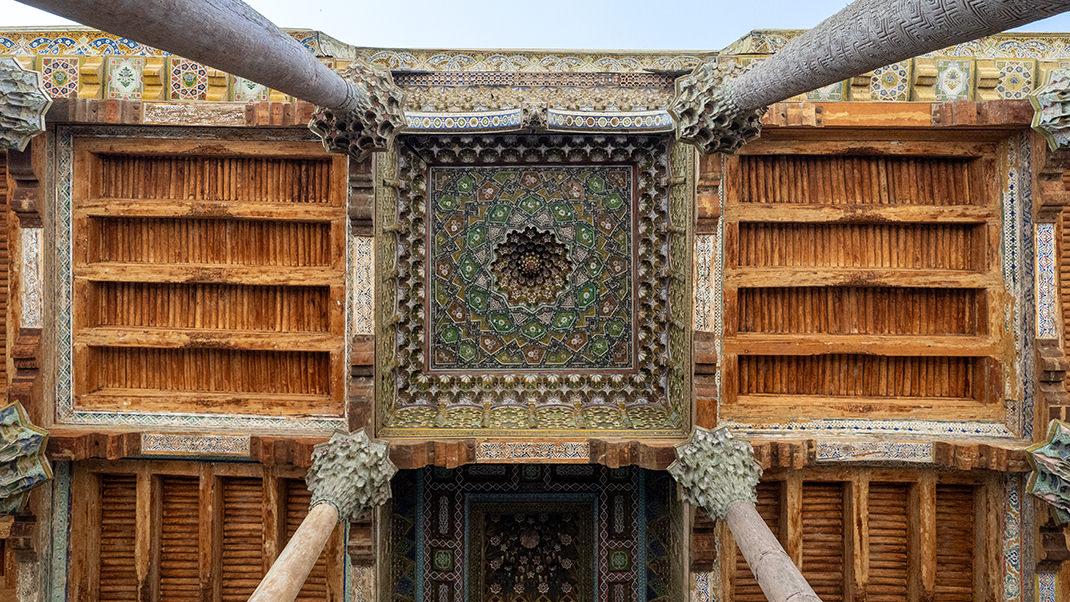
Tourists can enter the mosque for free. It should be noted that the religious structure is still active, and guests must observe the rules of visitation: take off shoes before entering and wear closed clothing inside the building.
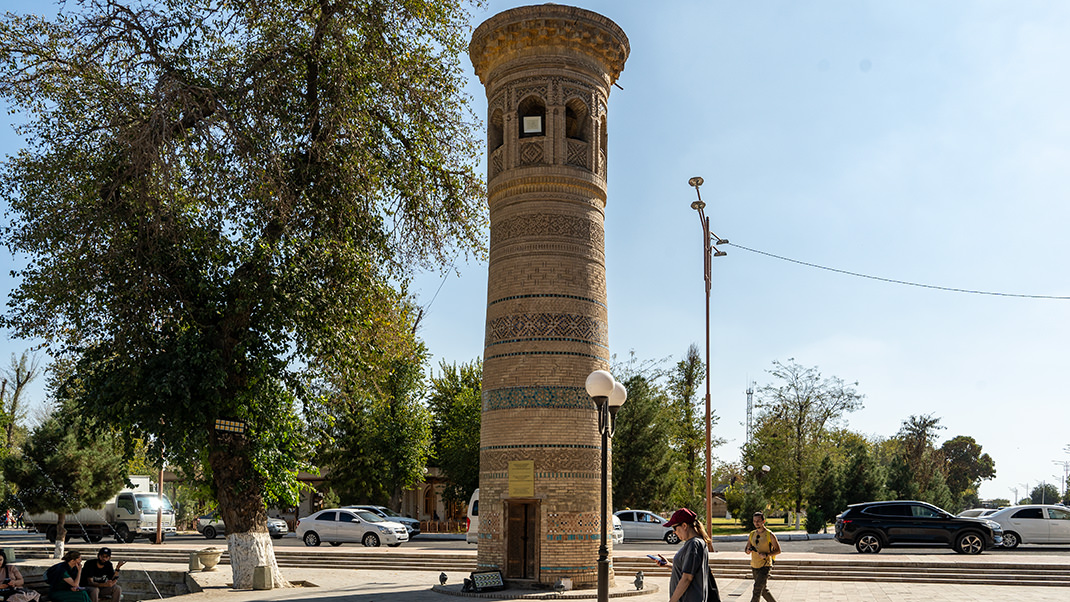
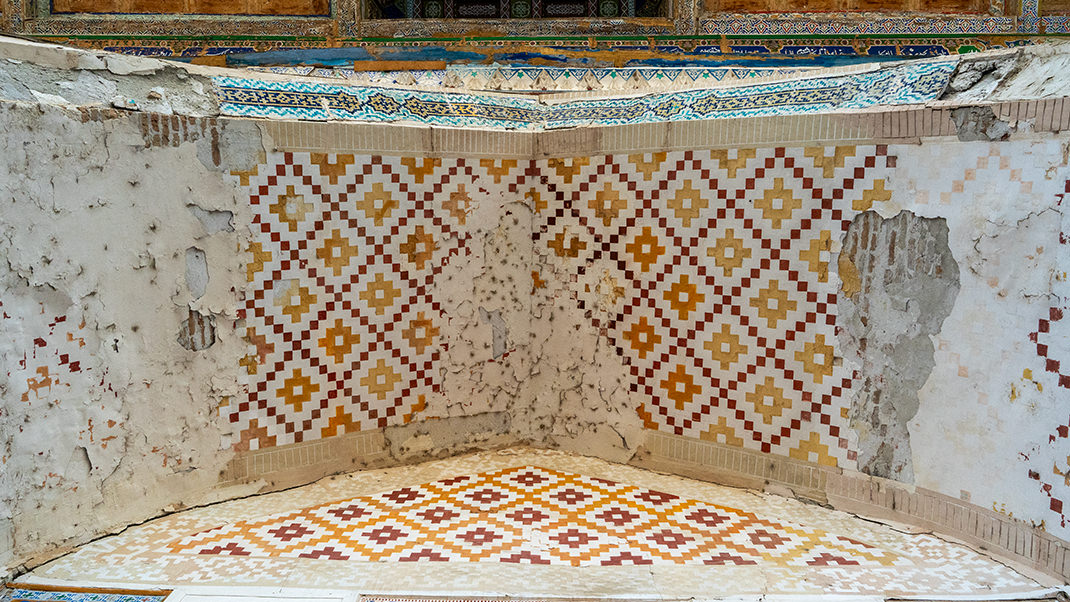
A Bit of History
Despite being sometimes called a mosque, in addition to the actual religious building, the complex includes a pool-house and a minaret. The construction of the winter mosque began as early as 1712. Two centuries later, an iwan, an open three-sided structure, was added to the main facade. In the distant past, iwan were used as ceremonial reception halls. Here, in the Bolo Haouz complex, the iwan was built as a summer mosque.
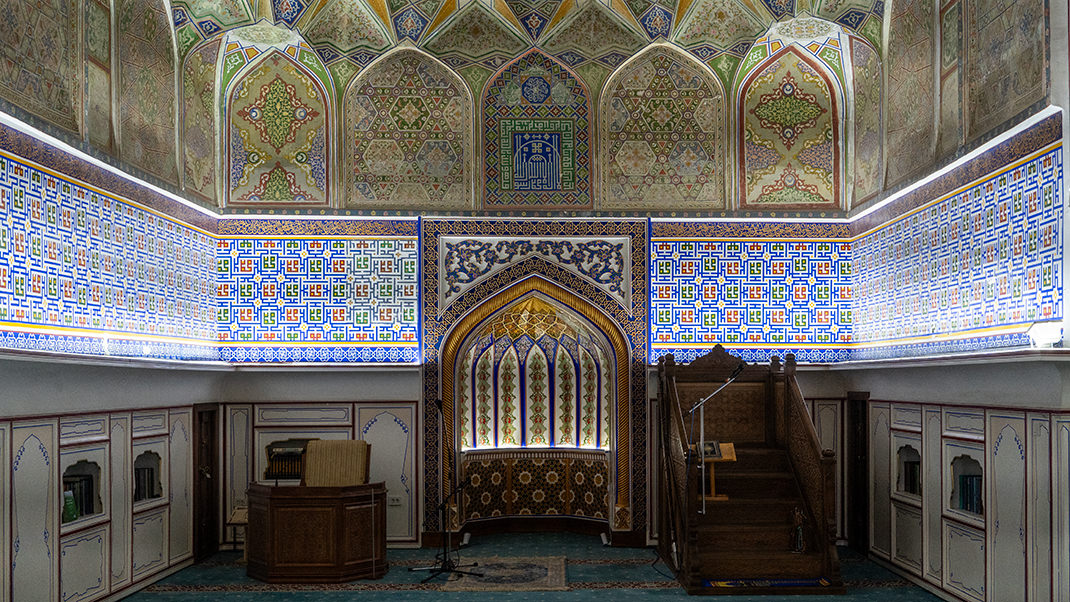
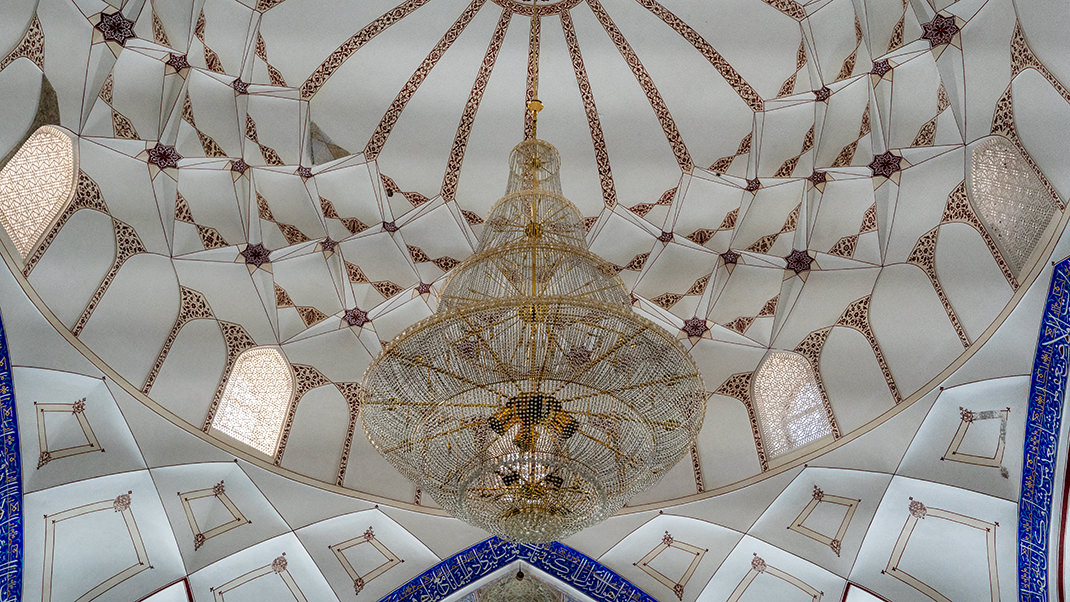
The standalone minaret appeared here at the same time as the iwan - in the early 20th century. While the literature on the architecture of Bukhara does not mention the authors of the project of the mosque itself, the situation is different regarding the minaret - we know that it was erected by the architect Shirin Muradov.
The main hall of the Friday mosque Bolo Haouz is relatively small. The room is decorated in bright colors. Photography is allowed here, but, as in many other religious buildings, it is better to try to avoid capturing worshippers in the frame. On the day of my visit, I had to return here twice because the entrance for tourists was closed in the morning, and the mosque held a worship service.
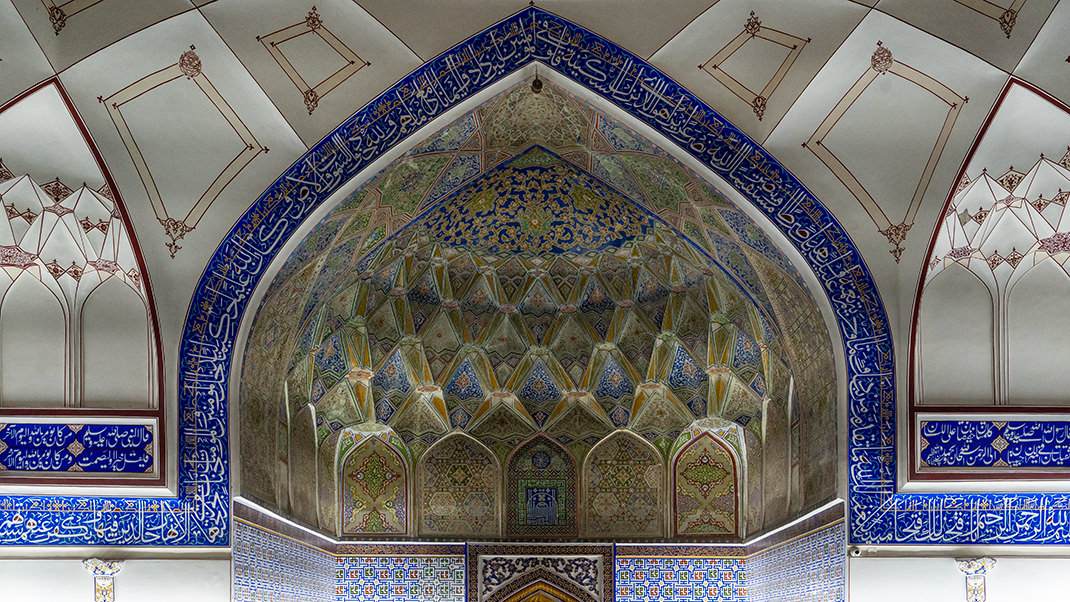
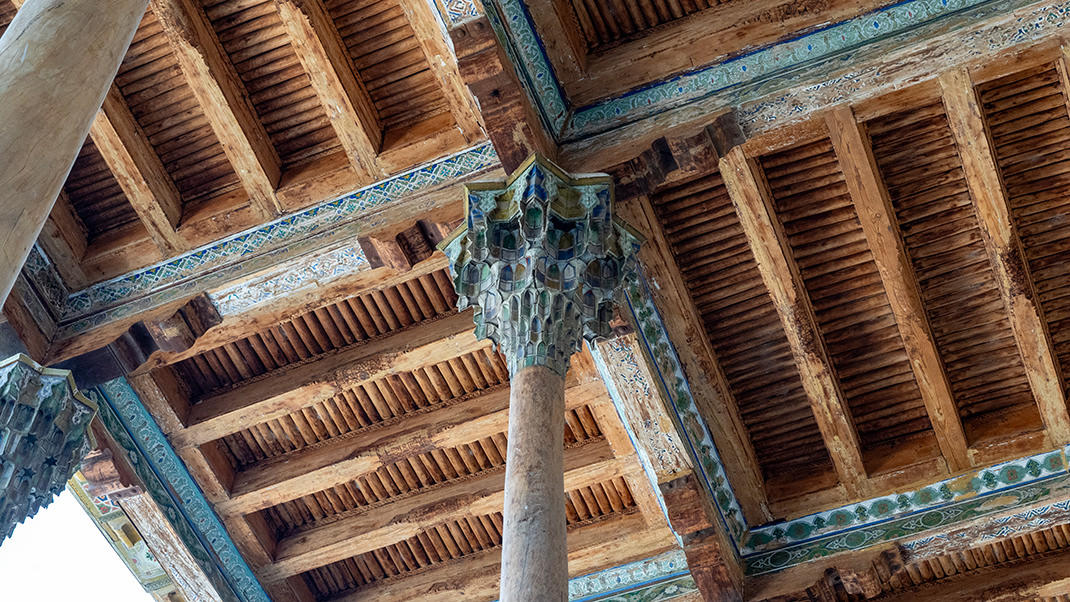
This concludes my series of stories about the landmarks of this area of Bukhara. Next time, we will explore interesting places of the Po-i-Kalyan Architectural Ensemble - it is located about ten minutes' walk from here.
Have a nice trip!


